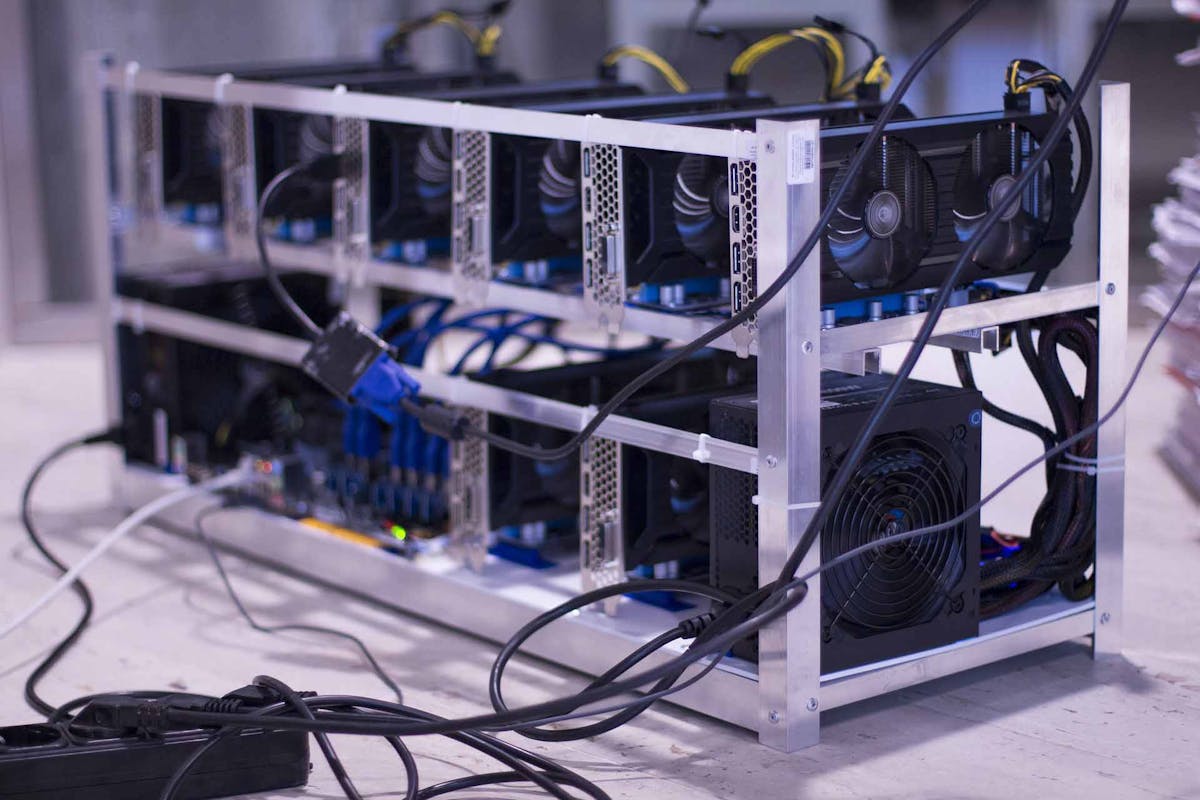The world’s most popular cryptocurrency Bitcoin is always compared with either fiat or gold. Many people always consider Bitcoin as digital gold. Most of the fiat money in any economy is created by banks. It is the bank that is responsible for creating money in the economy by bank deposits, loans, and insurances. The bank creates new fiat money whenever they secure loans.
In the case of Bitcoin, the situation is completely different. Many people always ask this question: “How Bitcoins are created?”. Let’s take a look at it in more detail.
How are bitcoins generated?
Now, if you are thinking about the Bitcoin network and how bitcoins are created then always remember that new bitcoins are created by a decentralized method named “Bitcoin mining“. This method requires users that are remunerated by the Bitcoin network for their assistance. Bitcoin miners carry out transactions by using specific hardware and defend the network and accumulate new bitcoins in trade.
The price of a bitcoin depends on the policy called supply and demand. When the demand for bitcoins rises, the price rises, and when demand decreases, the price decreases. There is only a restricted number of bitcoins in the market and new bitcoins are generated at an anticipated and declining rate, which suggests that demand must emulate this stage of inflation to maintain the price stable.
Every 10 minutes, new blocks are appended to the blockchain. Here comes the role of Bitcoin miners. There are many Bitcoin miners who are always competing for the power to append the block 24/7. This competition is accomplished by solving a very complex analytical algorithm. The miner who gets the solution first gets “the prize” and receives to attach the next block. In this way, new Bitcoins are generated.
Bitcoin Example
Jeff wants to send Jack 2 BTC. So, the transaction looks like:
– Using: 1.5 BTC, that Jeff got from Miller.
– Using: 1.5 BTC, that Jeff got from Smith.
– Send: 2 BTC to Jack.
– Send: 1 BTC back to himself as change.
Jeff sends himself back change because you must completely use an unspent amount. It’s kind of like giving a store manager a $100 bill for a $50 product and receiving back $50 as change.
Now, the work of miners is to understand Jeff’s publicized transaction and confirm that Jeff has not already used the BTC that he got from Miller and Smith. And that Jeff has the liberty to use it.
The miners accumulate everyone’s publicized transactions and create a block. They only set transactions into a block that “terminate” when they study the inputs.
A block is as follows:
[
– Transaction 1: Megan sends James 6 BTC
– Transaction 2: Rose sends Adam 4 BTC
– Transaction 3: Jeff send Jack 2 BTC
– Coinbase: Send 25 BTC to the Miner
]
Now, the miners are always observing Bitcoin transactions on the network. As it accepts transactions from the system, it adds them to a file. This file is the source of a block. For integrity, the miner identifies a transaction is legitimate if the wallet that transferred the funds had cash at the time of the last block.

